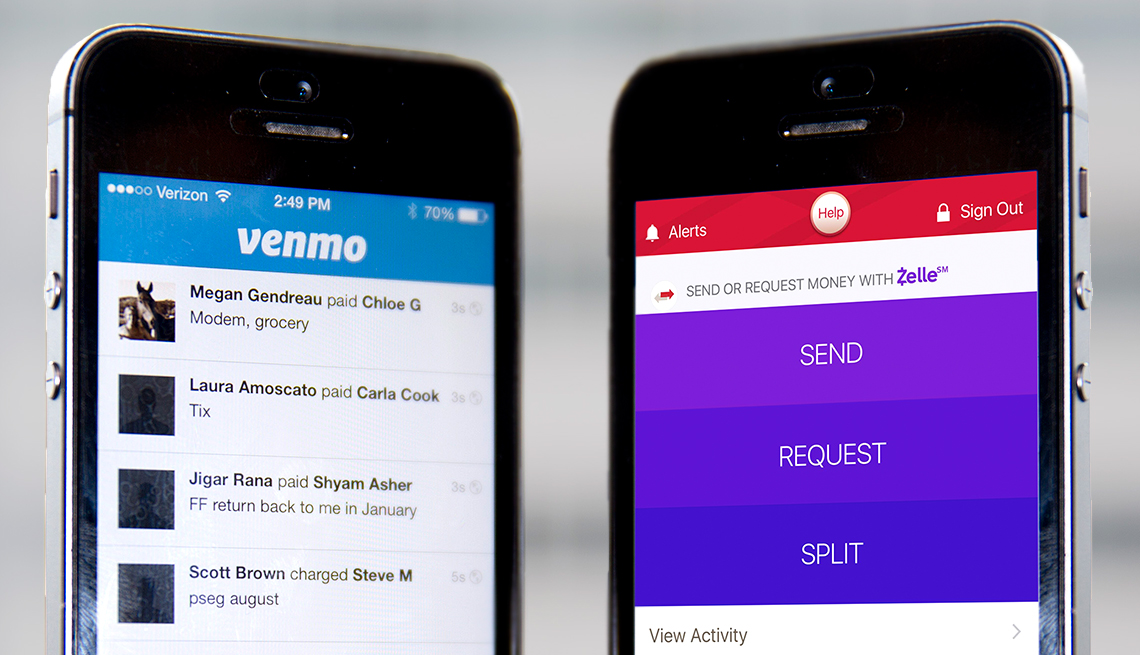Staying Fit
A few months ago, I organized a gift (from 30 women) for a friend’s big birthday. So I sent an email with the amount owed and my address. Five minutes later, a woman emailed back: “Can I Venmo you?”
Could she? I’d never used the mobile-payment service, but my kids do. I downloaded the app, opened an account (in no time at all) and sent a second email: “Or, if you’d prefer, you can Venmo me.” I still received checks and cash, but most went the electronic route — and collecting from a large group was never easier.


AARP Membership— $12 for your first year when you sign up for Automatic Renewal
Get instant access to members-only products and hundreds of discounts, a free second membership, and a subscription to AARP the Magazine.
Venmo is a cash-transferring system sometimes called a digital wallet; it’s owned by PayPal. According to research from Finder.com, 43 percent of Americans have used a digital wallet in the past year. And those numbers will likely grow with the recent launch of Zelle, from bank-owned Early Warning Services.
Are the systems safe? Generally, yes. Both use state-of-the-art tool s and encryption to keep your data — and cash transfers — secure. The drawback? Consumers generally spend more money overall with digital wallets than they do with credit cards, debit cards or cash, says the Finder.com study.
Venmo vs. Zelle
The Platform
Venmo: Operates through the Venmo app you download to your mobile device.
Zelle: Operates through apps of participating banks and credit unions.
How it Works
Venmo: Transferring is easiest if both parties are on the app. You can “request” or “pay” other users and add a note or emoji as the transaction description. You can also send money to family and friends in the U.S. using their cellphone number or email.
Zelle: Users who have accounts at a participating bank can send money to anyone for whom they have a cellphone number or email address. Recipients who don’t bank with Zelle partners can claim their money by signing up at clearxchange.com.

































































